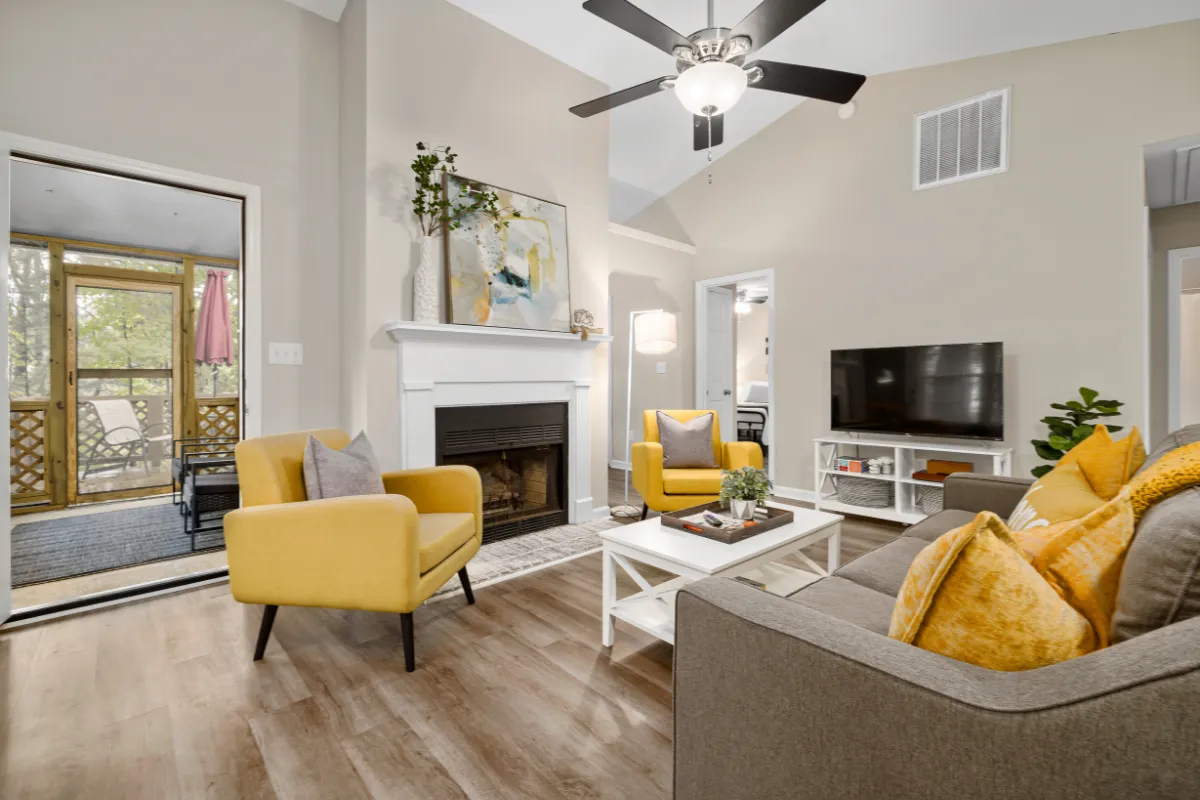Creating an energy-efficient home not only helps the environment but also saves you money on utility bills. Fortunately, there are several simple and affordable DIY projects that you can tackle to improve the energy efficiency of your home. From sealing air leaks to upgrading appliances, here are six DIY tips to help you save energy and reduce your monthly expenses:
1. Seal Air Leaks
One of the most cost-effective ways to improve energy efficiency is by sealing air leaks around windows, doors, and other openings in your home. Use weatherstripping to seal gaps around windows and doors, and apply caulk to seal cracks and gaps in walls, floors, and ceilings. Additionally, consider installing foam gaskets behind outlet and switch plates to prevent air leakage through electrical outlets.
2. Upgrade Insulation
Proper insulation helps keep your home comfortable year-round by preventing heat loss in the winter and heat gain in the summer. Check the insulation levels in your attic, walls, and floors, and consider adding more insulation if needed. You can use fiberglass batts, blown-in cellulose, or spray foam insulation to improve thermal performance and reduce energy costs.
3. Install Programmable Thermostat
Installing a programmable thermostat allows you to set temperature schedules based on your daily routine, so you’re not heating or cooling your home when it’s not necessary. Program the thermostat to lower the temperature at night or when you’re away from home, and raise it when you’re awake and at home. This simple adjustment can help you save energy and money without sacrificing comfort.
4. Upgrade to Energy-Efficient Appliances
Old appliances consume more energy than newer, energy-efficient models. Consider upgrading to Energy Star certified appliances, such as refrigerators, dishwashers, washing machines, and water heaters, to reduce energy consumption and lower your utility bills. Look for appliances with high energy efficiency ratings and features like energy-saving modes and water-saving options.
5. Install LED Light Bulbs
Replace traditional incandescent light bulbs with energy-efficient LED bulbs throughout your home. LED bulbs use significantly less energy and last much longer than incandescent bulbs, making them a cost-effective lighting solution. They also produce less heat, which can help reduce cooling costs in the summer months. Make the switch to LED bulbs in lamps, ceiling fixtures, and outdoor lighting to save energy and money.
6. Seal Ductwork
Leaky ductwork can lead to energy loss and reduced HVAC system efficiency. Inspect the ductwork in your home for leaks, gaps, and disconnected joints, and seal them using foil tape or mastic sealant. You can also improve duct insulation by wrapping exposed ducts with insulation material to prevent heat loss or gain as air moves through the system. Sealing and insulating ductwork can improve comfort and energy efficiency while reducing heating and cooling costs.
Conclusion: Take Charge of Your Home’s Energy Efficiency
With these six DIY tips, you can take proactive steps to make your home more energy-efficient and reduce your utility bills. By sealing air leaks, upgrading insulation, installing a programmable thermostat, upgrading to energy-efficient appliances, using LED light bulbs, and sealing ductwork, you can save energy, lower your carbon footprint, and enjoy a more comfortable and sustainable living environment.
FAQs: Addressing Common Questions About Energy-Efficient Home Improvements
Q: How much money can I save by making my home more energy-efficient? A: The amount of money you can save depends on various factors, including the size of your home, your current energy usage, and the extent of the improvements you make. However, studies have shown that energy-efficient upgrades can reduce energy bills by as much as 20% to 30%.
Q: Are DIY energy-efficient home improvements difficult to tackle?
Many DIY energy-efficient home improvements are relatively simple and can be completed by homeowners with basic tools and skills. However, some projects, such as upgrading insulation or sealing ductwork, may require more advanced knowledge or professional assistance.
Q: How can I determine which energy-efficient upgrades are best for my home?
Start by conducting a home energy audit to identify areas of inefficiency and prioritize energy-saving upgrades. You can perform a DIY audit using online resources or hire a professional energy auditor to assess your home and provide recommendations for improvement.
Q: Will energy-efficient upgrades increase the value of my home?
Yes, energy-efficient upgrades can increase the value of your home by making it more attractive to potential buyers and reducing operating costs over time. Many homebuyers are willing to pay more for homes with lower utility bills and sustainable features.

